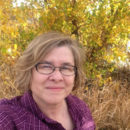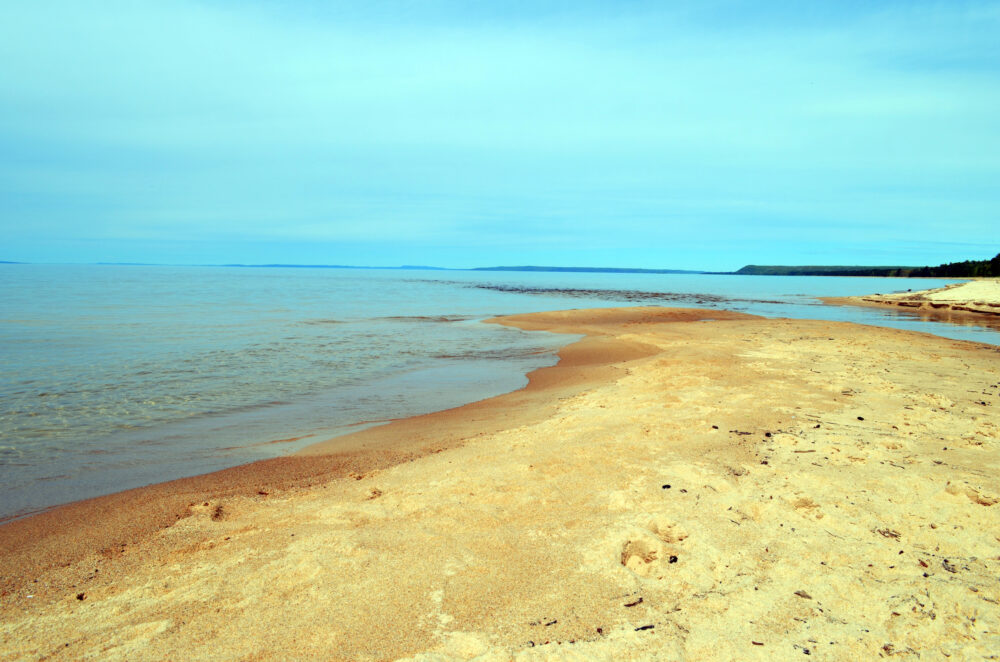We have much more to do and your continued support is needed now more than ever.
Wild Bison Return to the Colorado Prairie
There was a big party on the rolling prairie of northern Colorado, and the only thing the guests of honor wanted to do was gallop away.
The roughly 200 celebrants were thrilled watching as 10 bison were introduced to their new home – a thousand acres of open space north of Fort Collins. The release on Nov. 1, National Bison Day, marked the first time wild bison have thundered across the Colorado prairie in about 150 years.
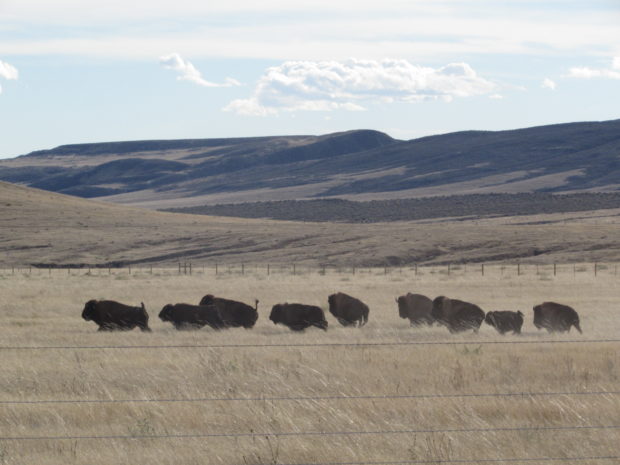
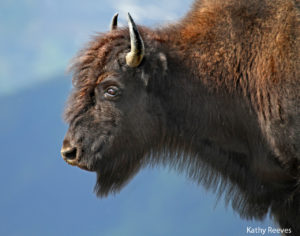
The recent release on open space owned by the city of Fort Collins and Larimer County follows research by Colorado State University into preserving the genetically pure bloodlines of Yellowstone bison while eliminating the threat of disease. The bison in Yellowstone National Park don’t have cattle genes found in most other bison but they do have brucellosis, a disease that can cause pregnant females to abort.
There has never been a documented case of bison spreading brucellosis to livestock but the threat has prompted the policy of killing bison that wander out of Yellowstone. Any Yellowstone bison relocated to tribal or public lands would have to be quarantined for up to two years.
The Return of a Western Icon
Now, Colorado State University researchers believe they’ve found a way to rebuild populations of genetically pure, disease-free bison. The 10 bison roaming in northern Colorado include the offspring of Yellowstone bison whose embryos and semen were rid of brucellosis bacteria before artificial insemination and embryo transfer.
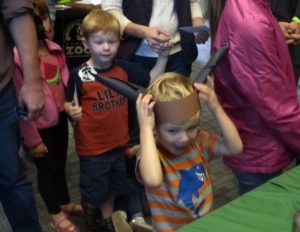
The day of the bison’s release, everyone was focused on the immediate: celebrating the return of a big part of the Western landscape that’s been missing for far too long.
Brian Kurzel, the National Wildlife Federation’s Rocky Mountain Regional Center executive director, and his family, including his kids Peter and Sophie, joined Voggesser at the event.
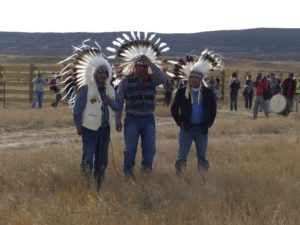
Members of the Crow Nation in south-central Montana led prayers and songs to welcome the return of bison to its historic homeland. Listen to some of the Crow tribe members singing at the bison release.
Preserving and perpetuating the genetics of the Yellowstone bison is crucial to rebuilding wild bison populations. The Yellowstone herd is the link to an era when as many as 30 million bison wandered in huge masses across North America. After over-hunting and westward settlement, only a few wild bison were left.
A.J. Not Afraid, secretary-elect of the Crow Nation, told The Denver Post that bison are a national animal, like the eagle. He said, “Their survival depends on these conservation programs. The tribes cannot do it alone.”

